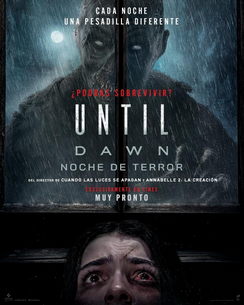
This content contains affiliate links. When you buy through these links, we may earn an affiliate commission.
I am generally a fast reader, and I also read a lot. Over the past few years, I’ve been thinking a lot about how to shift some of my bookish energy toward slower, more deliberate reading. I think I’ll always be a fast reader, and I’ll always love the feeling of reading a few hundred books in a year. But there are some books that are better when read slowly, and I want to get better at slow reading. Slow reading, I’m learning, does not come naturally to me. I fight it at every turn. Even when I’m reading books that I fill up with tabs and sticky notes. Even when I have to put down the book every five minutes to write down a thought. Even when I know that my enjoyment and understanding of a book will increase if I truly take my time with it, my instinct, still, is to read quickly. To keep going forward without pausing, or flipping back a few pages, or taking a detour.
This year, I’ve made a concrete effort to teach myself to read slowly. It’s an ongoing project. Four months in, and I haven’t miraculously turned into a slow reader; I can already tell this is going to be a lifelong journey. But I have learned a lot about myself as a reader. Noticing my own habits and patterns has been an unexpected gift. I have a deeper understanding of why I find it so hard to slow down sometimes, and I’ve discovered some strategies that help.
The first slow reading project I undertook this year is a reread of one of my favorite essay collections, Alexander Chee’s How to Write an Autobiographical Novel. I read it in 2018, the year it came out, and I’ve been wanting to reread it ever since. But I didn’t want to just reread it in a weekend. I wanted to really sit with the book, to let myself get tangled up with it in ways I didn’t when I devoured it on my first read. So I decided that I would read it essay by essay, and that immediately after reading each essay, I’d write a reflection, a response to what I’d just read.
This has been amazing, and also it hasn’t exactly worked. It is now early May, and I’ve only read three essays (there are 20 or so in the whole book). On the one hand, my commitment to pausing after each essay to write a response has done what I’d hoped it would. I’ve taken my time with each essay, often rereading passages. In writing about them, I’ve come to see them in new ways. It’s felt like the kind of reading I sometimes miss from my very short stint in college: active, challenging, invigorating. It’s also been emotional, as I’ve allowed myself to really dig into both the essays themselves and my response to them. I feel like I am reading this book the way it was meant to be read, with my whole body.
On the other hand, it’s been four months, and I’ve only read three essays. I don’t think this is inherently a bad thing. This is supposed to be slow reading, after all. But I know exactly why this reread is taking me so long — it’s because I’m avoiding doing the work. Even though I adore this book, even though reading it is an absolute pleasure, I know I can’t just pick it up and read a few pages before bed. I have to be in the right headspace. I have to set aside time for it. When I sit down to read, I know I am also committing to sitting down to write — and honestly, that is sometimes scary. I’m holding myself to the promise I made, to read this book slowly and with intention. But in practice, that has meant setting it aside, again and again, for other, quicker, easier books.
Today In Books Newsletter
Sign up to Today In Books to receive daily news and miscellany from the world of books.
Thank you for signing up! Keep an eye on your inbox.
By signing up you agree to our terms of use
I often spend hours and hours reading on the weekends. It’s not like I don’t have the time to devote to this project. When I started it, I was thinking I’d read one essay each week, and that’s what I did — until I didn’t. I thought I could take on a slow reading project like this while still reading lots of other books. In fact, that was part of the appeal: it didn’t matter if it took me four months to reread How to Write an Autobiographical Novel, I told myself, because it wasn’t like it was the only book I was going to read during that time.
I thought I could learn how to read slowly by letting myself read books over months and months, by easing up the pressure to finish something quickly. What I’ve learned has surprised me, because it’s the opposite of that: for me, slow reading has nothing to do with time. It’s about the way I read. It’s about how present I am with a book. Looking back, I realize I could have slowly read Chee’s entire essay collection in one weekend — it would have been an intense weekend of reading and writing, but I don’t think the experience would have been lessened by being condensed in time. In fact, this is how I plan to finish rereading this particular book.
Maybe reading a book over the course of six months works for you. Maybe you’re the kind of person who can read one essay every week for 20 weeks. Maybe reading a few pages a day for a hundred days is how you tackle a big, complicated book, how you show up for it. This is one way to read slowly. At the beginning of the year, I thought it was the only way, and this is probably why I’ve never been good at it — I don’t like reading books over long periods of time. I get distracted and impatient.
Rereading How to Write an Autobiographical Novel has taught me that slow reading is a state of mind. I plan to finish in this month, setting aside all my other reads for a week. My hope for the rest of the year is that I can allow myself more small pockets of slow reading like this. That might mean spending a weekend with one poetry collection, reading it twice in print and then listening to it on audio. It might me spending three hours reading one short nonfiction book, pausing every few pages to write in my journal. I haven’t yet discovered all the shapes my own slow reading can take, but I know they are probably infinite, and I’m looking forward to discovering more and more.



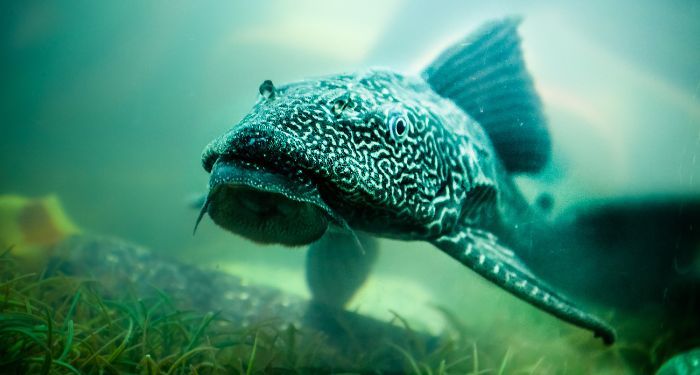



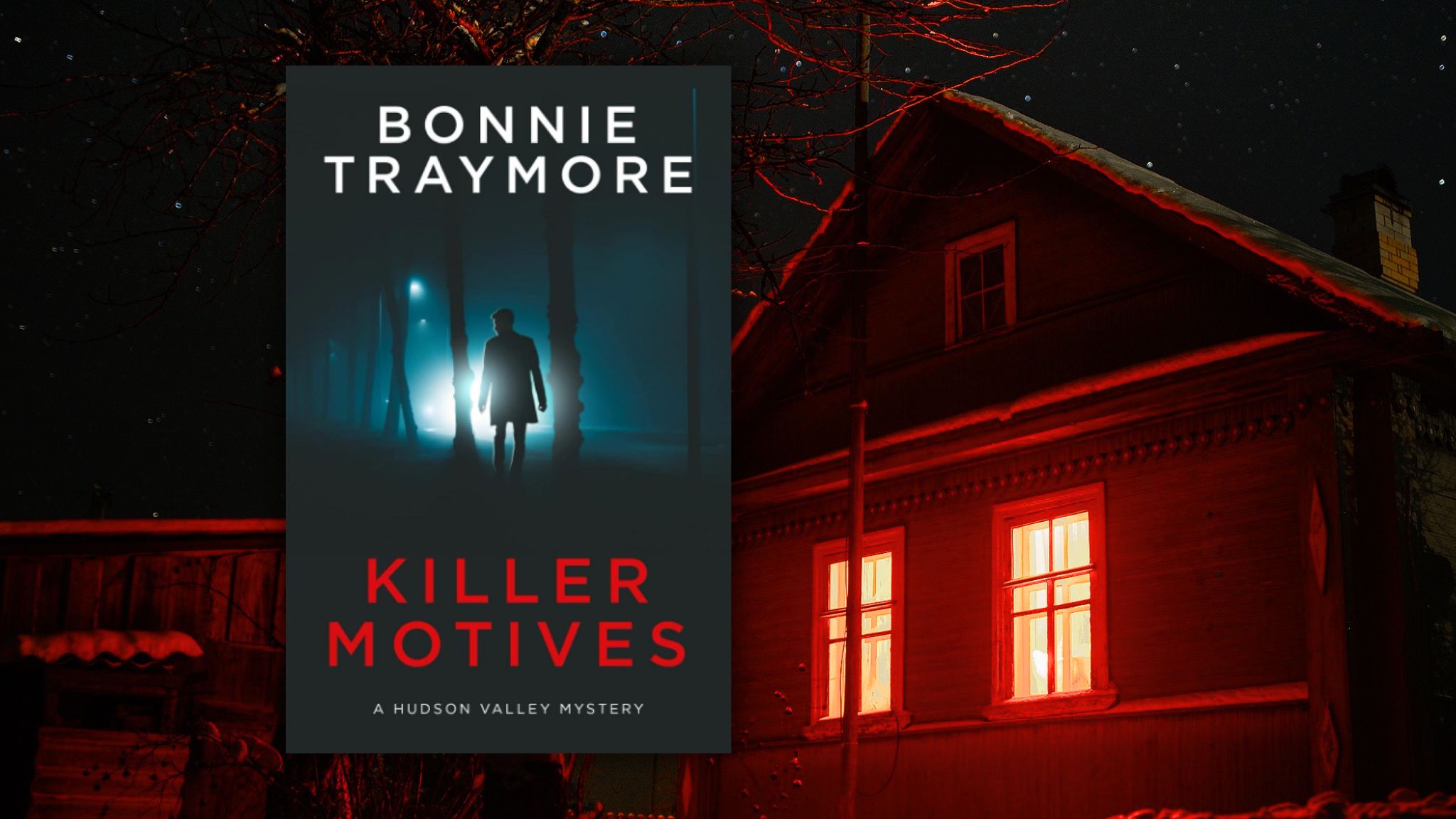
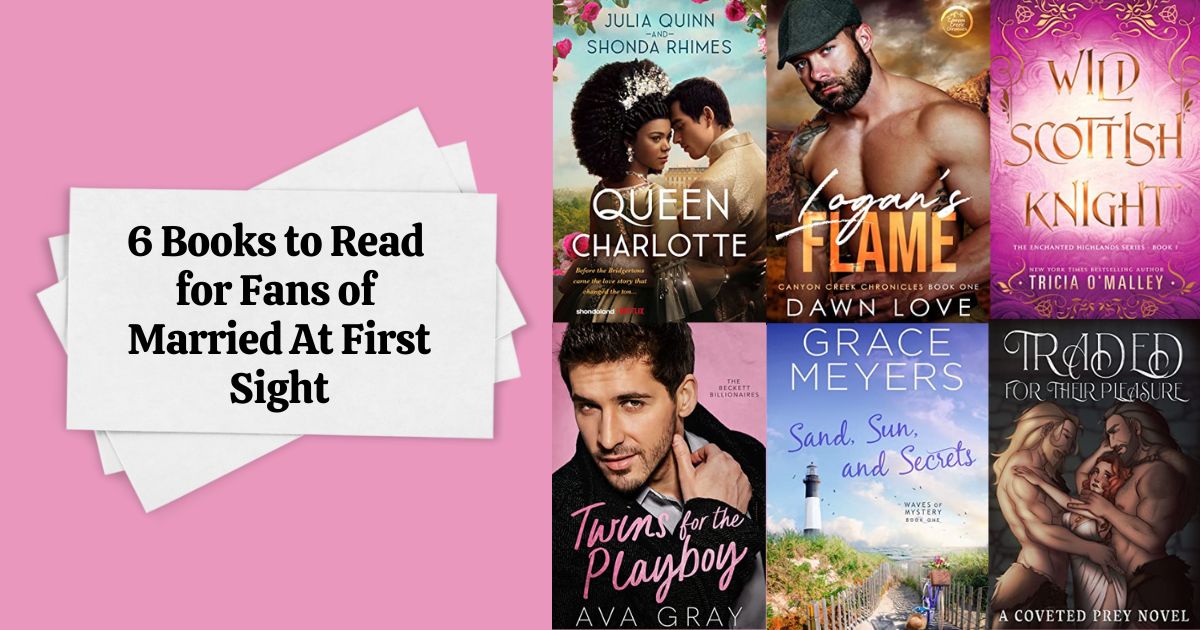


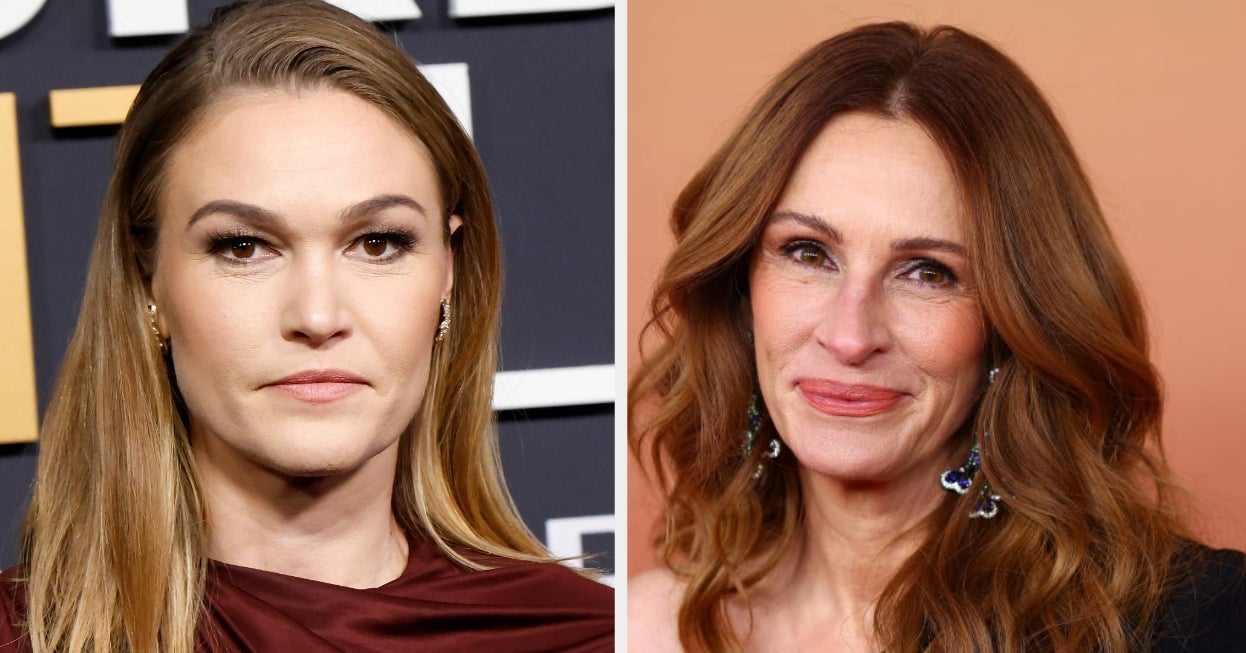



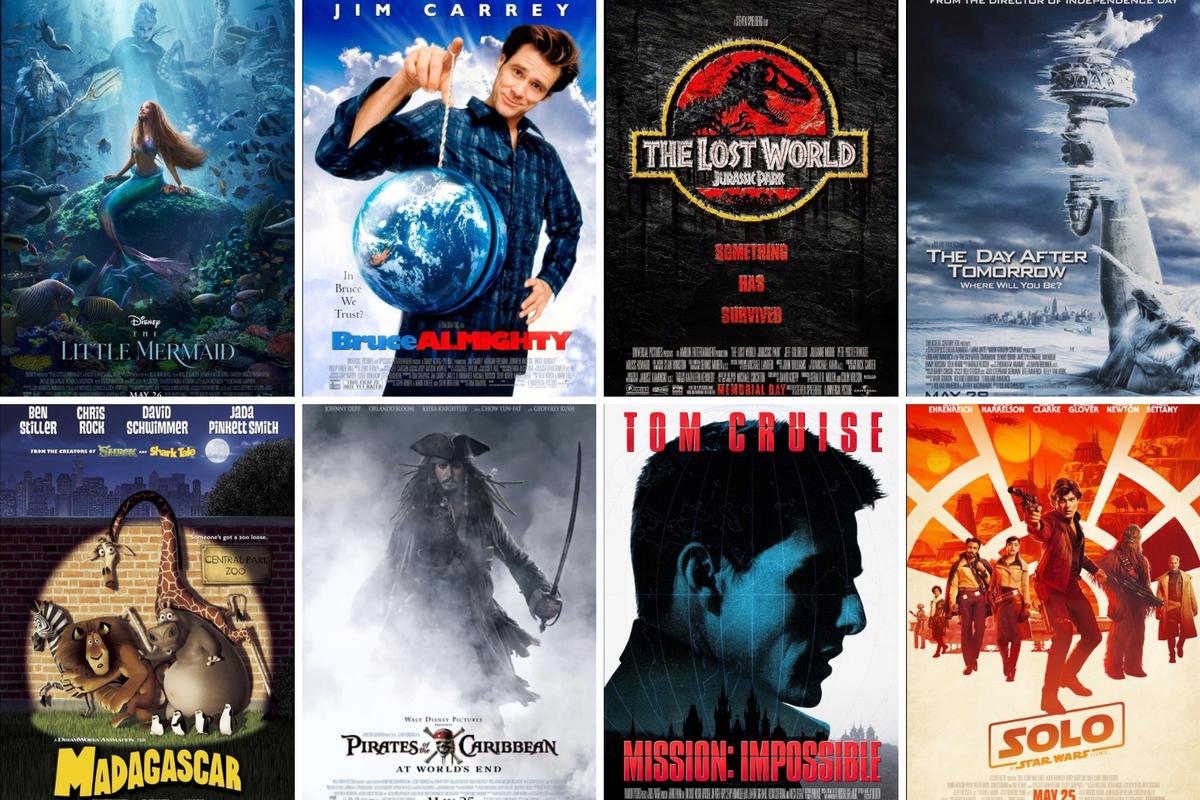
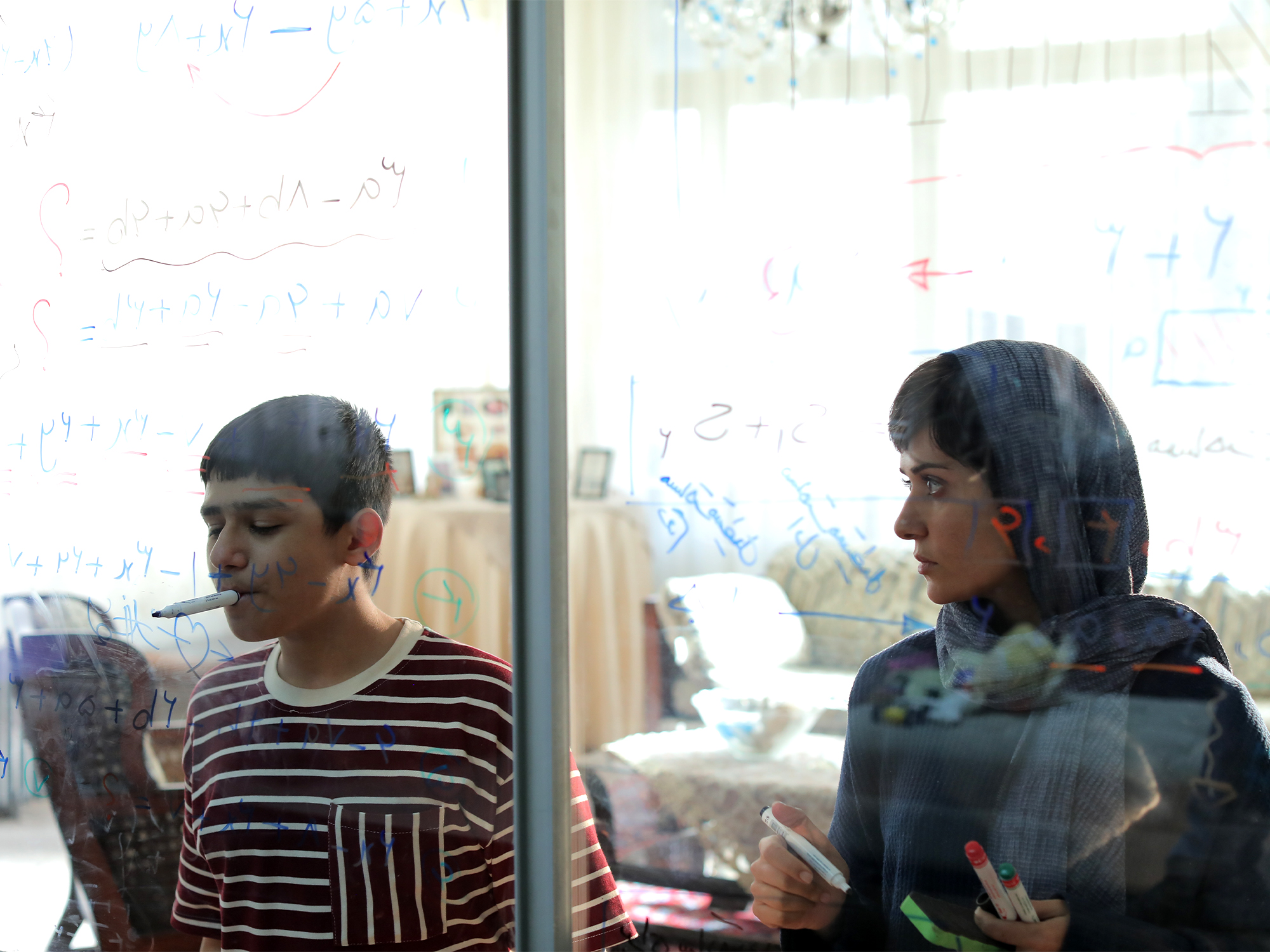






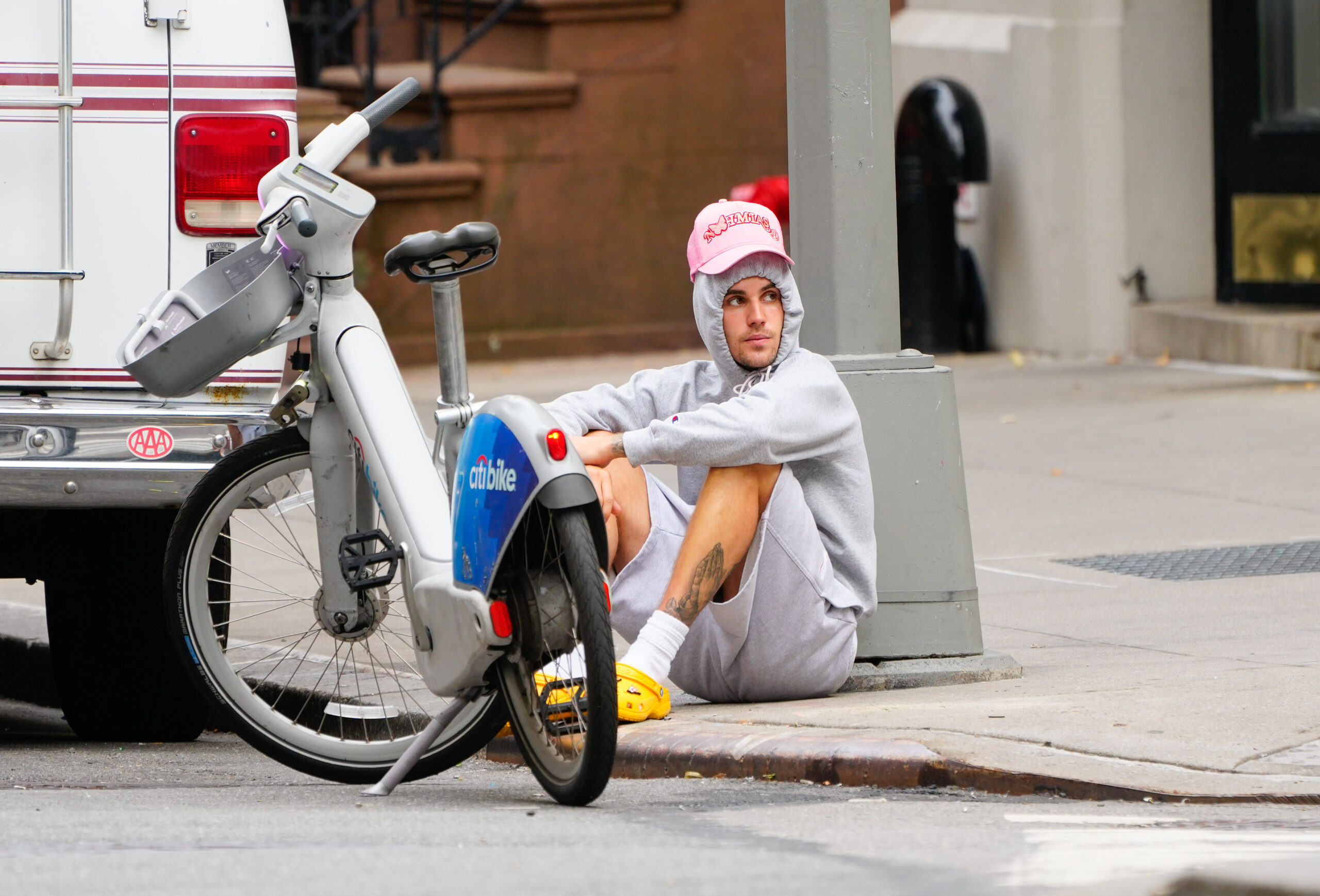

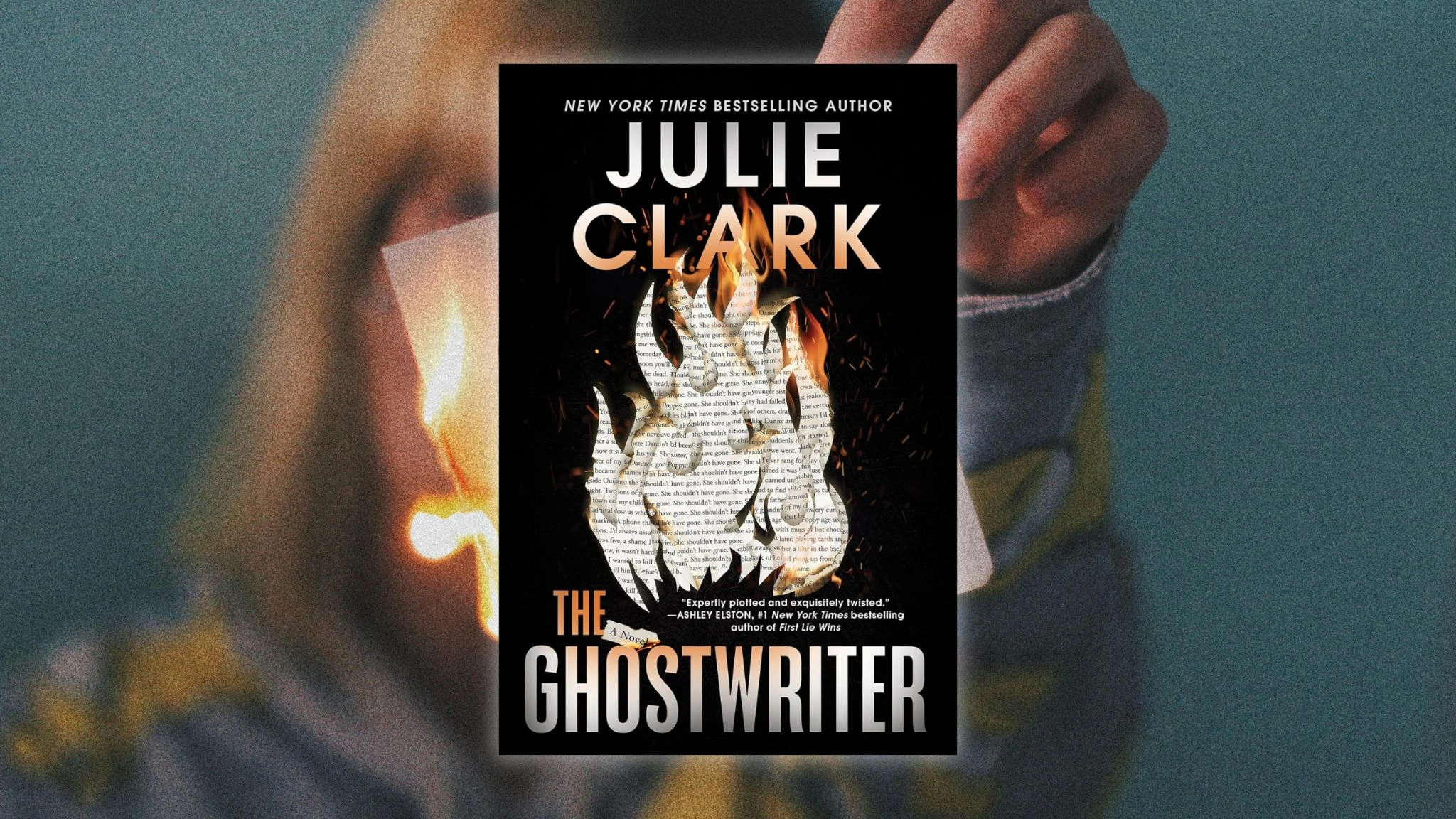
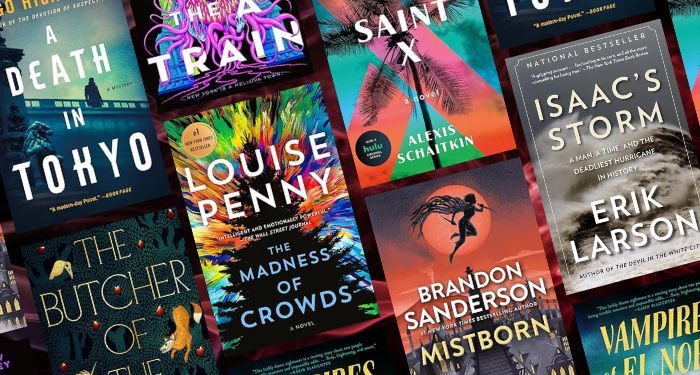
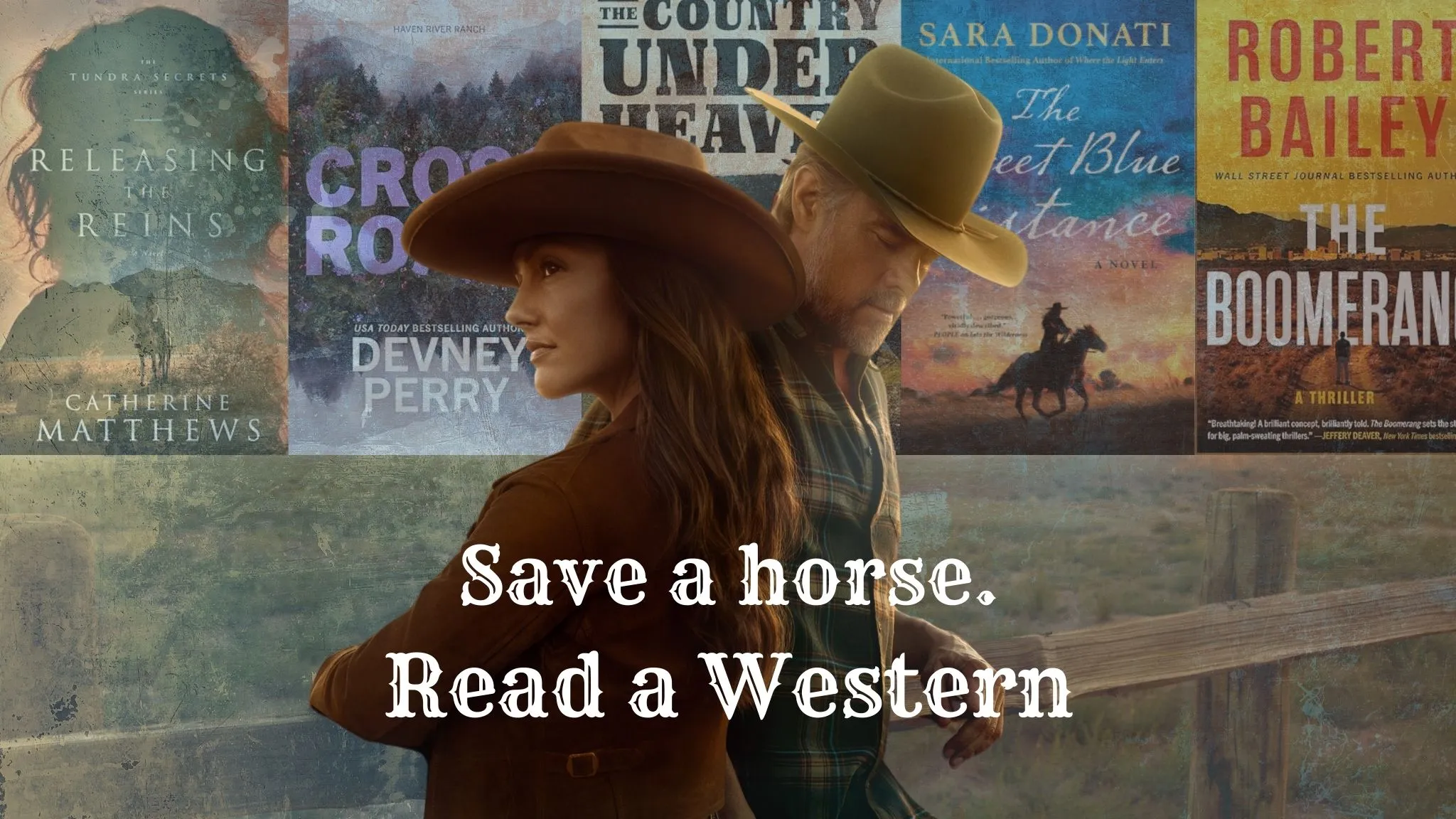
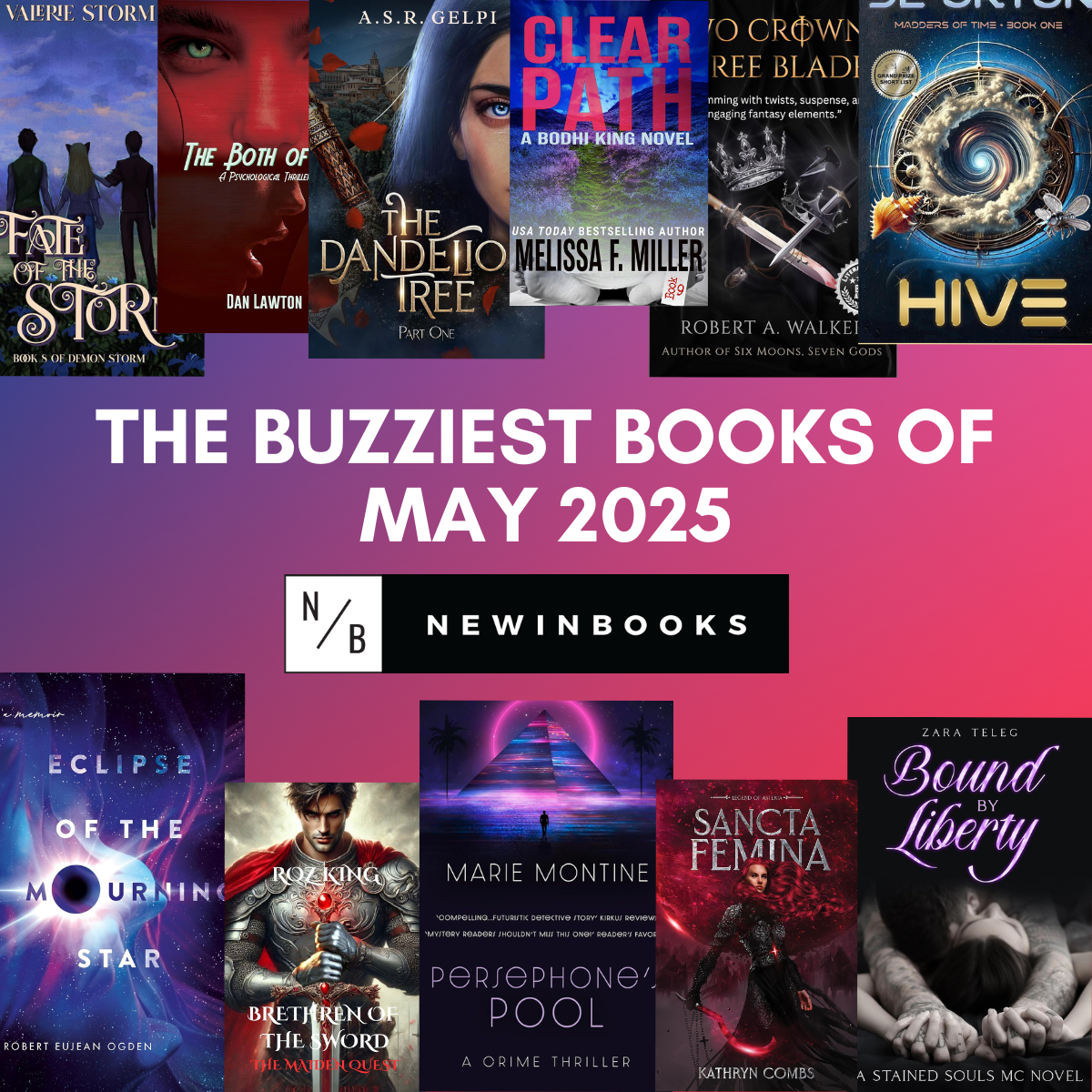

:quality(85):upscale()/2025/05/19/981/n/1922564/93076eb0682bb18c994e06.89379902_.png)
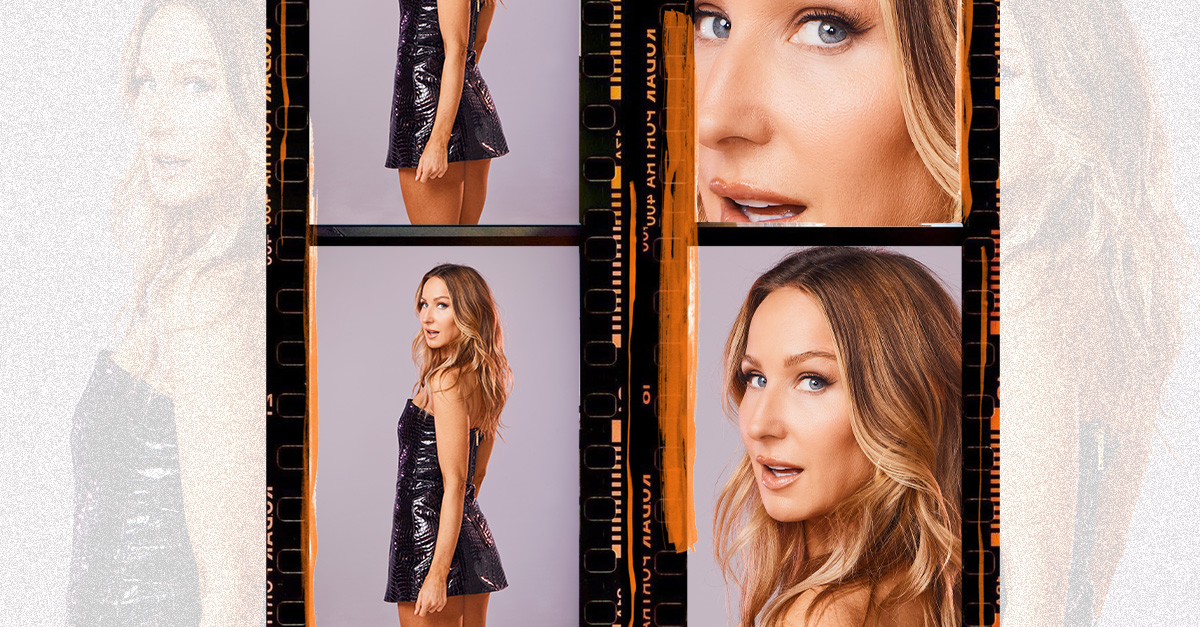
:quality(85):upscale()/2025/05/23/715/n/1922564/1e63d6e168309df259d956.72331408_.png)


